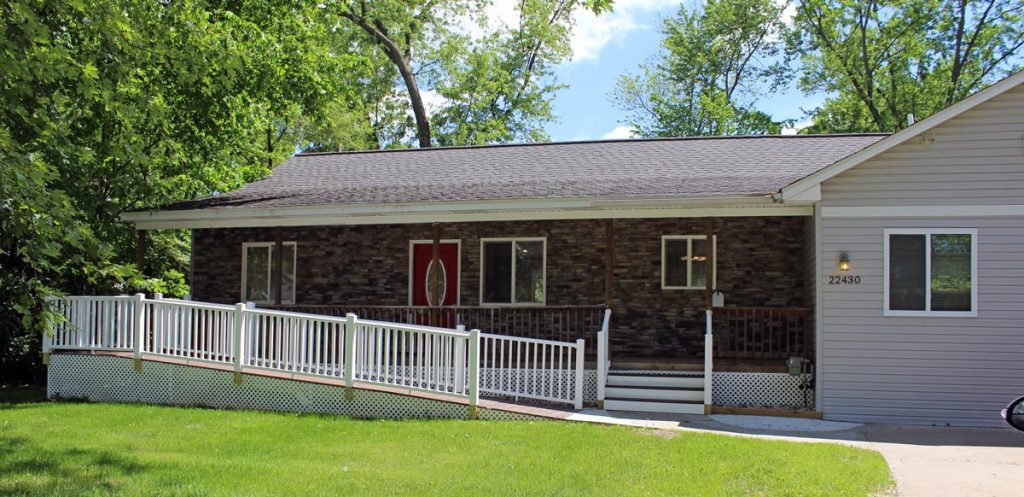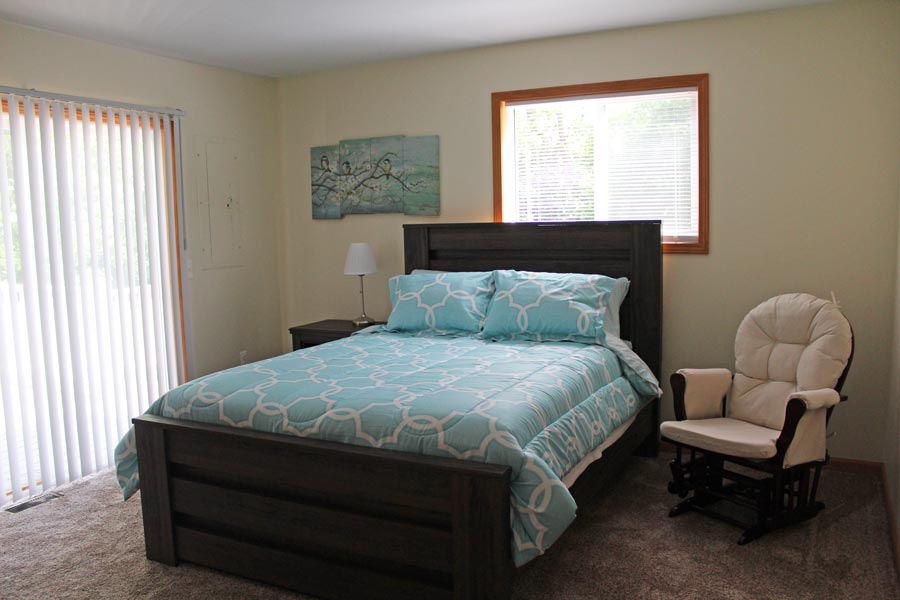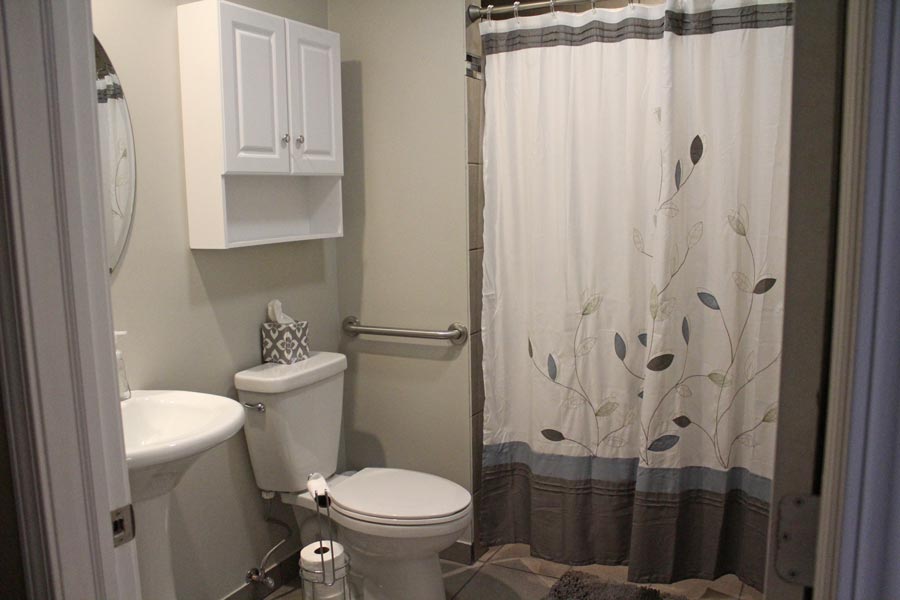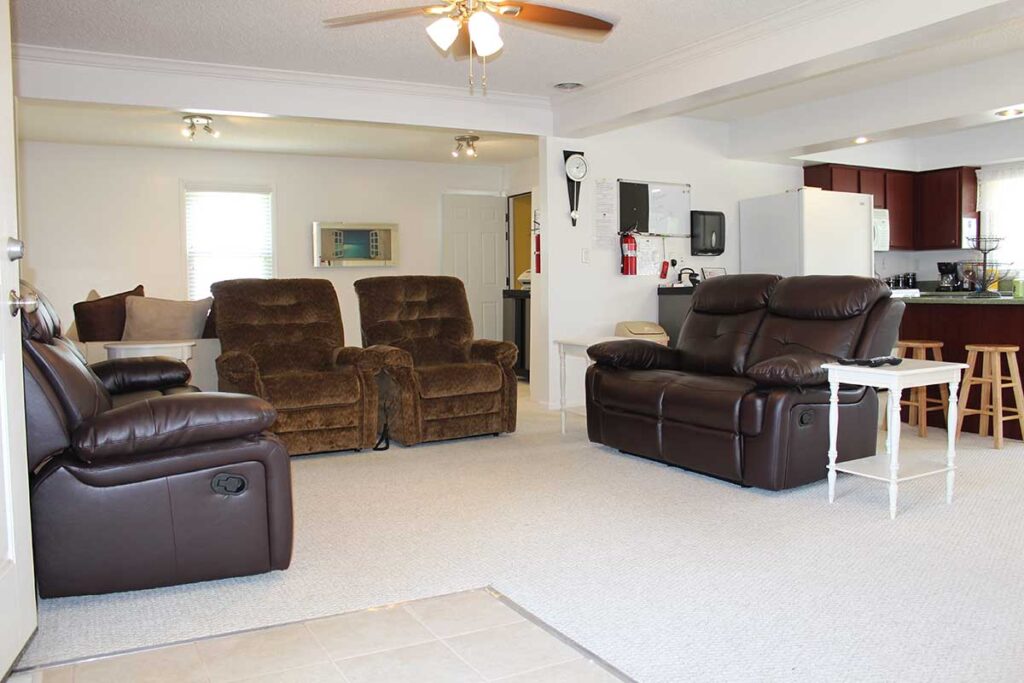Assisted living creates the opportunity for an incredible chapter in the life of an aging person by providing a level of care, safety and support that allows them to embrace the freedom and discovery of their retirement years. If you are considering a move to assisted living for yourself or a loved one, or you have already decided to make the transition, you may be feeling overwhelmed by the variety of choices you have discovered during your research. Senior living is an enormous industry with seemingly endless options and lifestyles to choose from. Among them is residential care, a care model that differentiates itself from the typical corporate chain facility by creating a true homelike atmosphere and providing more attentive and individualized care to each resident.
According to A Place for Mom, residential care may be known by several other names, including:
- Elder care home
- Purpose built home
- Adult family home
- Foster care home
- Private care home
- Personal care home
- Private assisted living
- Board and care home
- Home for the aged
Whichever name they may go by, the many benefits of a well-run residential care home remain the same. To paint a better picture, these homes look like exactly that – a house tucked away into a safe and quiet neighborhood. This contrasts with traditional, big-box assisted living facilities, which are often housed in drab and unremarkable buildings with hundreds of identical rooms. While they can mistakenly be associated with the style of “nursing homes” negatively represented in popular culture, the right residential care home is quite different in reality, creating a place where residents love their lifestyles and embrace their independence.
The Advantages of Senior Living Residential Care:
A Smaller Size
By the very nature of being in a house vs. a large building, residential care homes accommodate a smaller number of residents, which creates a lifestyle that feels much more like home compared to a multi-story building that can feel clinical and overwhelming while being more difficult to navigate. Residential care homes are often easier to staff and maintain, which decreases overhead and can often lower the price for residents.
More Attentive Care
A smaller capacity allows for a lower staff-to-resident ratio, a measurement that reflects how many residents there are per staff member. In large facilities, these ratios are extremely high, meaning for every staff member there could be 10 residents. Residential care eliminates this risk; keeping the ratio low ensures that every staff member has adequate time to care for, tend to and spend time with each resident in a way that fosters a unique and individualized experience.
An Individualized Experience
In the homelike setting afforded by residential care, residents can truly make their experience their own, especially with assistance from staff. For example, meals in large facilities are often mass produced on a kitchen production line, meaning that many residents will simply have to settle for a meal they don’t like on some days. In the right residential care home, where staff are only cooking or preparing food for 6 as opposed to 60, menus become much more customizable and resident-friendly.






